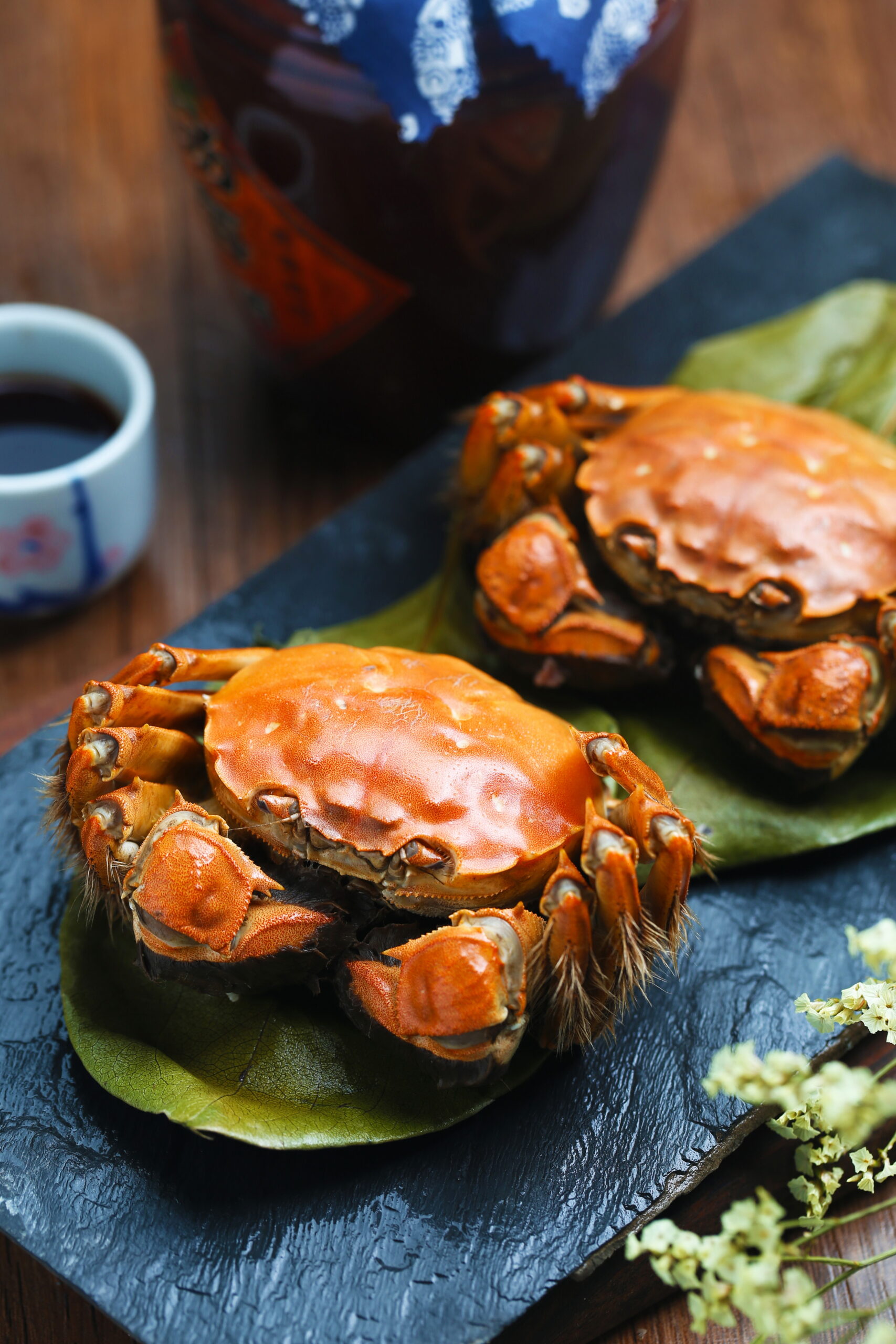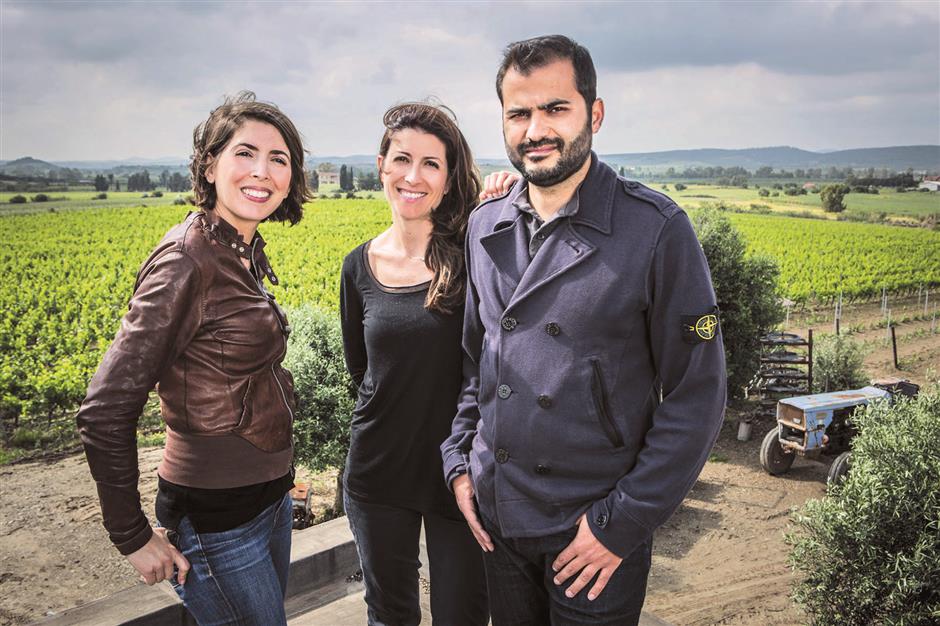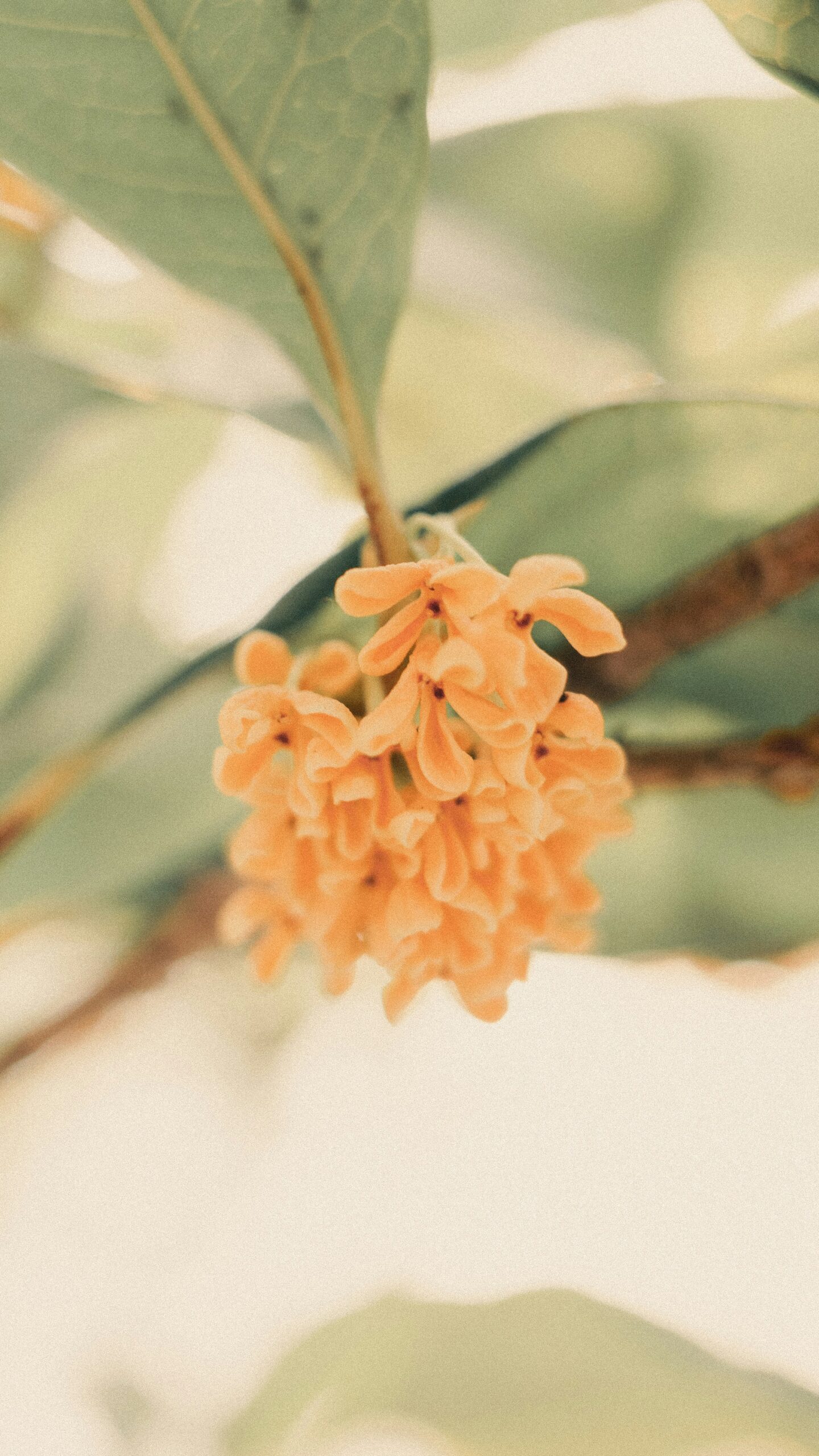Many people living in Shanghai bemoan the advent of cooler temperatures and shorter days. True gourmets however see a silver lining to the increasingly dismal weather of autumn, the seasonal appearance of hairy crabs. Few foods illicit such glee among lovers of Chinese delicacies as does this rather nasty and ugly looking crab. Despite being quite troublesome to properly dissect and eat, hairy crabs are one of China’s most beloved gourmet delights.

From pest to delicacy
Historical documents first mention the eating of Hairy crabs during the Western Zhou Dynasty (1046-771 BC). Native to the coastal estuaries of Eastern China from the border with Korea to Southern Fujian Province, the consumption of hairy crabs may well be even more ancient. One of my favorite Chinese poets, the wine-loving Li Bai who lived during the Tang Dynasty, wrote of the sublime pleasures of experiencing the crabs with good wines. But this was not always the case.
Legend has it that the early settlers of the areas surrounding the Yangtze Delta loathed the crabs that infested their lands after autumn floods eating crops and terrorizing the local population with their fiendishly long claws and pincers. They killed the crabs in any way they could but it was often a hopeless cause as the sheer numbers of crabs often overwhelmed them. One day a farmer named Ba Jie threw some crabs into boiling water to kill them and he was soon seduced by the aromas emanating from the pot. As he gingery took the cooked crabs from the pot and started breaking them apart the tempting aromas overwhelmed him and he took a first bite. As the story goes, the rest is history.
Perfect partner
Over the years I’ve written on the pleasures pairing different wines with hairy crab, known in the west as the mitten crab. From acidic Sauvignon Blanc and Albarino white wines to classic Chinese yellow wines like Shaoxing, hairy crabs have many good partners. But if you really pushed me to give you the singularly most perfect wine partner for hairy crabs I would have but one answer, Sherry.
Sherry is one of the world’s greatest and most inimitable wines. From the scenic and historic city of Jerez with a three millennium history, Sherry is one of the two most difficult to make and distinctive wine styles in the world. The other is Champagne. Stylistically and quality wise they can’t be copied. The grapes and process of making Sherry are unique. The most important grape used to make Sherry is Palomino, which is sometimes blended with Pedro Ximenez and Moscatel to make sweeter styles of Sherries. The first stage of making Sherries is the same as making white wines, but when the special Solera aging process begins the wines take on their unique qualities. Pale Sherries like Manzanilla and Fino undergoe the entire aging process protected by a natural occurring yeast called flor that protects the wine from the oxygen, while darker Sherries like Oloroso have higher amounts of alcohol added that kills the protective flor and the wines undergo oxidative aging. All Sherries must be aged three years in stacked rows of American oak casks that are stored in Cathedral like buildings with ample aeration.
But what makes Sherry the ultimate wine for hairy crabs? Acidic white wines can be very good with hairy crabs as their acidity and freshness bring out the best qualities of the crab meat but you have to compromise on the use of vinegar as more acidic versions of vinegar clash with the wines. Shaoxing has history on its side as it’s traditionally been the favored wine to pair with hairy crabs and unlike white wines is not compromised by the vinegar. But the simple truth is that even the top old Shaoxing wines that I’ve been fortunate to taste can’t compete with better quality Sherries in terms of complexity, persistence and intensity. At best, Shaoxing wine is a neutral partner to hairy crab, while the correct Sherry is an embellisher.
One of the beauties of Sherry is the diversity of styles, from bone dry to extremely sweet. The best Sherries to match with hairy crabs are the more delicate dry styles, namely Manzanilla, Fino or Amontillado Sherries. Lovers of Sherry in Shanghai actively debate which of the three styles is actually best.
Manzanilla is the most delicate style of Sherry that’s aged under a very special type of flor that only grows in Sanlucar de Barrameda near the ocean. This straw colored, fresh and slightly salty wine goes very well with a wide variety of seafood including hairy crab. The zesty, bright qualities of the wine bring out the freshness and natural flavors of the crab while the alcohol cleanses the mouth.
Fino is a pale golden colored wine that has more structure and weight than Mazanilla wines. More pungent specimens of hairy crab are especially good with Fino as the strong smell and taste of the crab doesn’t overwhelm the Sherry as would happen with many ordinary white wines. The Fino, like the Mazanilla, accentuates the freshness of the crab and acts as a palate cleanser. The yeasty nature of many Finos also adds further flavor dimensions to the crab meat and roe.
Amontillado is a very special style of Sherry starting its life as a Fino Sherry that undergoes biological aging, and then goes through the oxidative aging process that bequeaths extra color, weight and complexity. The combination of a brilliant amber color and elegant aromas and flavors make Amontillado one of the most pleasing of styles of Sherries and also a wine that beautifully accompanies many refined Chinese dishes. To borrow an analogy from the music world, when Amontillado meets hairy crab the wine adds complementary instruments to the harmonious symphonic experience in your palate.
I can only imagine the pure hedonistic pleasure of discovery Ba Jie would have experienced if he had a glass Sherry when he took that first bite of hairy crab.





